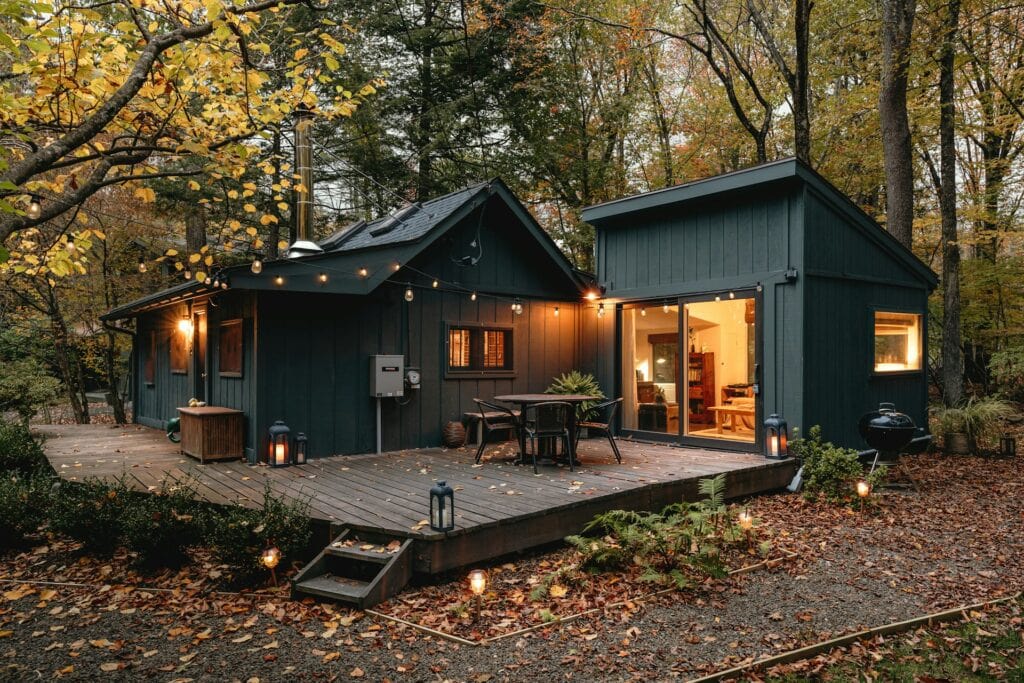We may earn money or products from the companies mentioned in this post. This means if you click on the link and purchase the item, I will receive a small commission at no extra cost to you ... you're just helping re-supply our family's travel fund.

Backyard homes moved from curiosity to real housing, and some cities now clear paths rather than lay hurdles. Streamlined permits, preapproved plans, and cleaner codes shorten timelines and reduce surprises. State laws help, but local programs do the heavy lifting with plain checklists, fee relief, and predictable reviews. What this really means is simple. A small home can fit on familiar ground when rules are clear, neighbors know what to expect, and staff treat applicants like partners. These eight places turn policy into doors and keys.
Los Angeles, California

Los Angeles made ADUs ordinary with a Standard Plan gallery of preapproved designs that cuts months of back and forth. Site plans still matter, but the heavy code checks ride with the plan set, which steadies budgets and nerves. A free city plan and clear utility guidance help first builds feel real, and counters act like guides more than gatekeepers. The proof shows up on blocks that once thought a backyard cottage could never pencil.
San Diego, California

San Diego pairs clear how-to guides with incentives near frequent transit. Owners can trade deed-restricted ADUs for a few extra market-rate units on larger lots, which makes numbers work without bloating scale. One web hub stitches rules, forms, and timelines together, and reviewers speak the same language as builders. The effect shows up in alleys and corner yards, where small homes arrive quietly and keep renters close to jobs, schools, and transit.
Seattle, Washington

Seattle dropped owner-occupancy and most parking rules, then launched ADUniverse, a one-stop library of backyard cottage plans. The gallery lists sizes, costs, and siting notes, so owners can choose a design before hiring help and dodge reroutes later. Reviews land in weeks, not seasons, and predictable fees and tree rules keep neighbors calm. The program now feels like transit: reliable, frequent, and easy to understand from first click to final inspection.
Austin, Texas

Austin’s HOME changes allow up to three units on most single-family lots, which makes an ADU part of a small, walkable cluster. Height, setbacks, and tree protections stay in view, yet occupancy caps loosened so projects serve real households. Staff phased updates and clarified submittals, so lenders and designers now read the same playbook. On the ground that means a garage conversion, a cottage, and one small house can share a lot and still fit the block.
Denver, Colorado

Denver legalized ADUs citywide, replacing one-off rezonings with a simple yes across residential zones. Design standards keep scale and privacy predictable, while checklists walk applicants from survey to final. With the map debate settled, staff focus on review speed and clear utility notes, which is where many projects once stalled. The shift treats backyards as normal housing sites, so new doors arrive steadily instead of in bursts tied to politics.
Phoenix, Arizona

Phoenix adopted citywide ADU rules and backed them with plain-language guides, starter plan sets, and firm size and height limits. The message stays consistent: small homes belong on many lots, and paperwork should not be the hard part. Regional partners are exploring shared plan libraries to trim design costs. Early applicants report fewer counter surprises and faster answers on setbacks, parking placement, and how to keep shade and neighbors in mind.
Portland, Oregon

Portland trims system development charges when owners commit to long-term housing and skip short-term rentals for 10 years. The covenant is simple and folds into normal review, which keeps momentum. In a city that already favors small, well-designed spaces, that fee relief often bridges the gap between a sketch and a framed wall. Coupled with clear inspection steps, the policy turns goodwill into keys without asking owners to guess the rules.
San José, California

San José pairs same-day permits for standard ADU plans with a path to sell ADUs as condominiums under state law, expanding ownership. Standardization cuts soft costs and reduces late corrections, while the condo option opens equity for buyers who need less space. Staff keep the focus on predictable outcomes, not one-off favors, and it shows in calmer timelines. Backyard homes here read as mainstream housing rather than a novelty.